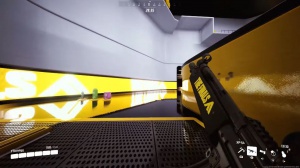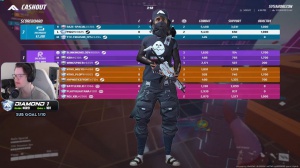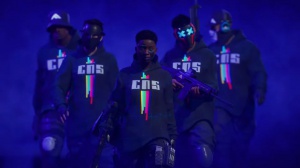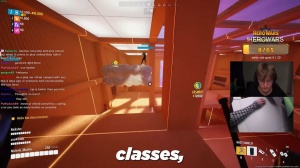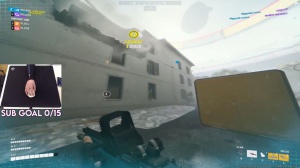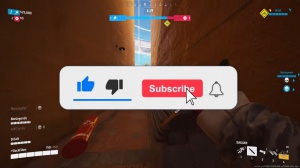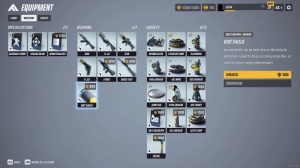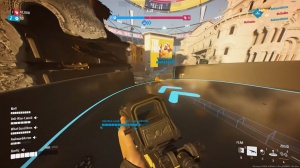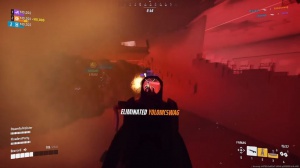The Finals - Ps5/xbox Series X/s - Df Tech Review - Destruction Physics At 60fps

As a new Unreal Engine 5 first-person shooter developed for PlayStation 5 and Xbox One consoles and PC, the finals were released quite suddenly in late 2023. After a smattering of previews and an open beta, the complete game stealth launched to the public in free-to-play form, and it's surprisingly great.
There's a bit of context to the finals, and in particular, the developer behind it was Embark Studios, a stockhouse-based team comprised of former dice veterans. The standout feature of the finals is their destruction. In physics, it's in the way buildings crumble through and in how a C4 blast procedurally blows out a chunk of the terrain.
RPG 7s blast through floors and ceilings brick by brick, and it's even possible to level entire structures with enough firepower if you choose to anyway. The default goal of its Quick Cash mode is rather simple: three teams of three chase after money in a bid to bring it back to their vault. Follow the yellow marker and you're probably on the right path, but it's this interplay with physics destruction that gives the finals their unique edge in a similar vein to Dice's Battlefield series, notably Bad Company 1 and 2.
It means any contested area becomes a chaotic war zone, and you're able to carve out holes in the environment to your advantage by charging up walls or using explosives. By the end of a match, the terrain is often completely transformed into a sea of concrete debris.
Tech overview
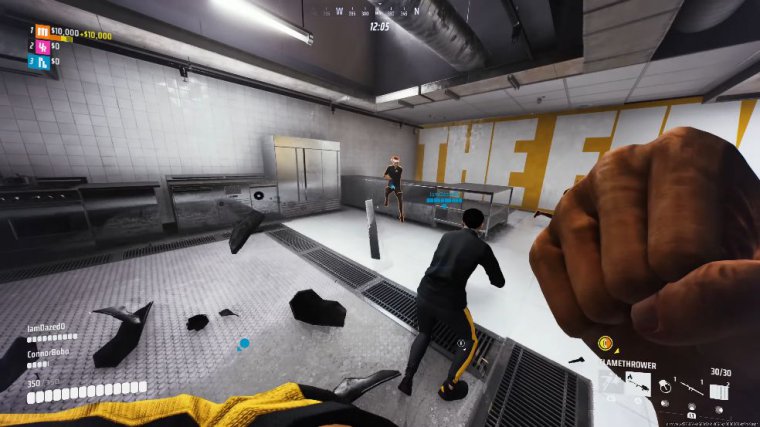
Flames , this destruction physics focus is the finals main draw, then it's the big cell adding the ability to set areas of flame or even add new partitions using the so-called goo gun, and there are plenty of ways to manipulate the space, but each map, from the glitz of the Vegas casinos to the high rises of Soul, is also impressively realized on AR Engine 5 before you lay waste to them anyway, while going for heavy artillery is of course the most immediately attractive thing to try the design of these Maps does also reward agile platforming.
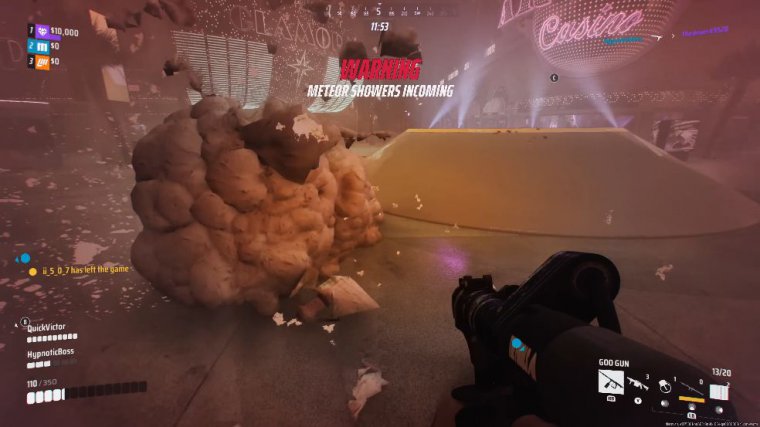
The Skyway Stadium, for example, is a real standout in this sense, presenting itself as a kind of utopian arena built around conjoined rooftops. There's a Mirror's Edge-esque aesthetic to its design language, and there are props to help you get to the payload quickly all around. Bridges, jump pads, and zip lines are all colorcoded in saturated yellows and reds, and given that most maps scale vertically too, adding to their complexity, keeping these elements legible helps massively in picking a route.
Beyond that, the game's three core class types, light, medium, and heavy, also take huge advantage of each map. The light build is quick, making it ideal for transporting payloads. It's able to crawl through ducts, turn invisible for a brief spell, use grappling hooks, or even set explosives to break through walls; the medium class, meanwhile, is more of a Healer type; you're able to set up turrets, plant jump pads, or use healing beams on allies; and lastly, perhaps the most compelling class type is the heavy type.
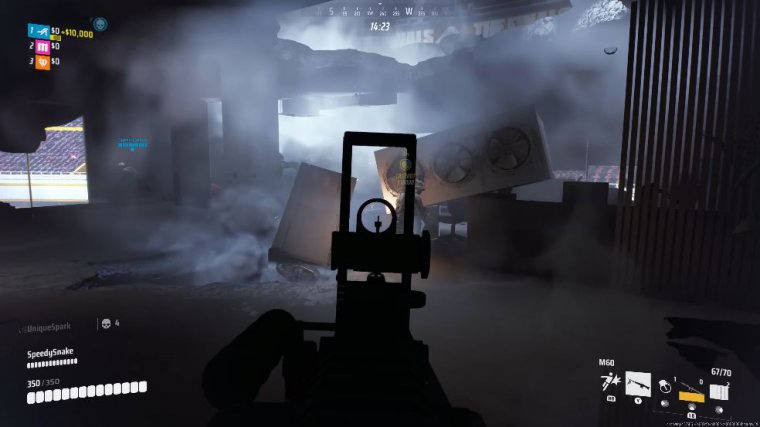
The destructive potential here is pretty huge, with a default ability to charge through walls. Use an RPG7 or set up barricades for your allies, regardless of your chosen class type. If it's just satisfying to cave in a ceiling just to disrupt the enemy's position, or better yet, blast through enough of the foundations of a building to make it crumble into a heap of rubble all around, then MBO Studios has done a great job of giving each class a set of abilities that feel relevant to each map and the game's physics.
Plus, add in the different weather states for snow, sandstorms, and fog, and there's plenty of visual variety. Okay, before we get to the comparisons, the finals have one extra trick up their sleeves on the console. Ra tracing is included here on the PS5 Xbox series X and S with an RTX GI technique in line with the PC version, as Alex Battalia has covered in his own PC analysis of the finals.
This is a probe-based R Trace Global illumination method helping to create more realistic ambient lighting. It stands out best in interiors. I think, and so often you'll see light spilling through loft windows with light bounces brightening a room's corners, and once you blast a hole in that wall, the light bouncers react in a realistic way to further brighten the space.
All of this R-Traced GI logic is maintained on the console, except, as Alex has covered in his own article, that it runs at a lower setting compared to the PC. Here's a great example of where PS5 stands by comparison. The crucial bit is the time it takes to reflect the light balance calculation. After any destruction has taken place, sometimes it takes 10 to 20 seconds to adjust on PS5, which is quite a delay compared to even PC's.
Ps5 vs xbox series x/s graphics comparison
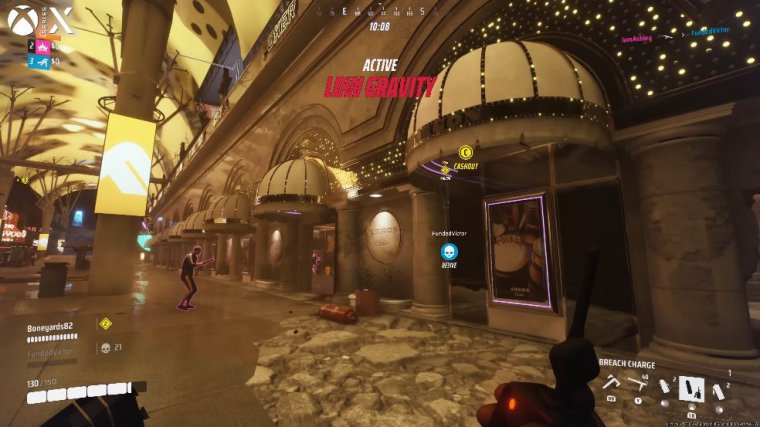
With all of that in mind, how do the PS5 series X and S compare to all consoles? Target 60 frames per second in the finals, which is great news. Also, there's no quality or performance mode toggle on any console, as is the trend for many games these days.
The final simply guns for 60 FPS out of the box as the default setup, and that's it; it's optimized purely for this one way to play, but to be blunt, the focus for this comparison really is on Series S. knowing very well that it's the machine with the least GPU power on tap, so first up, we see a drop to its native resolution on the PS5 and Series X.
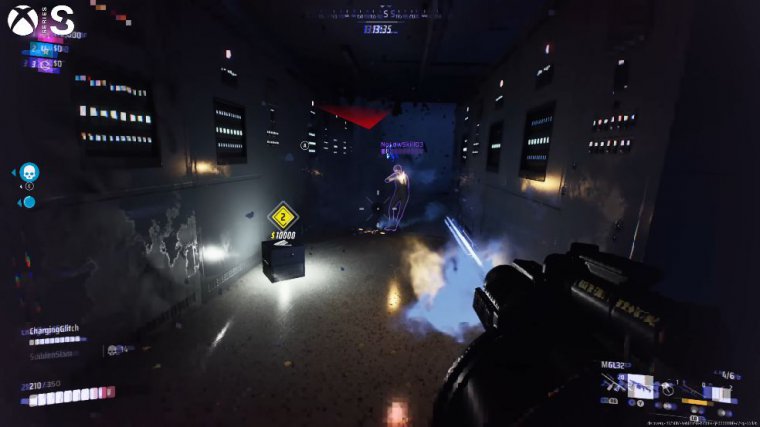
We get a matching 1440p to 4K range. A form of temporal upsampling is used to hit a 4K target, essentially. But that's with dynamic resolution scaling, which allows for a range of values in between based on GPU load. In truth, it's very uncommon for either machine to reach that maximum of 4K. Though it is possible by looking directly up at the sky, while Series S takes a visible hit, you get a range of 720p, up to 151 12p in instead here, which is a noticeable dip in image quality again that upper bounds 152p figure comes in during very rare, non-GPU-taxing moments, but for general play it rests at numbers in between, and the result is inevitably a less crisp image than the sibling series X and PS5.
Between PS5 and Series X, we're at a stalemate of sorts in terms of visual features, textures, and effects. Shadow quality and even the quality of its RTX GII are a direct match between the two; they hit the same standard again, though the cutbacks on Series S are more notable, so let's hone in on just the series S and X for clarity to start.
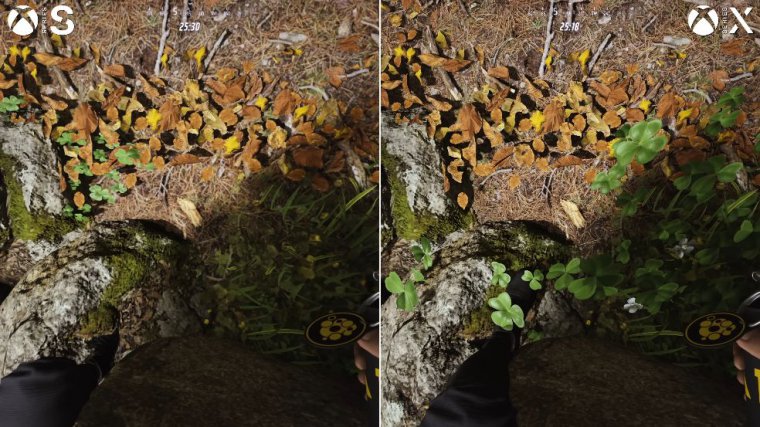
Series S drops foliage density across the ground, which means in the training area you'll see grass detail dropped to preset, creating spare points on the ground. Really, it's a minor detail that doesn't show in motion. More of an issue, though, is that texture filtering is dropped at level two, the result being that ground textures are less defined at oblique angles, the kind of angle you typically view the ground from in any first-person shooter.




